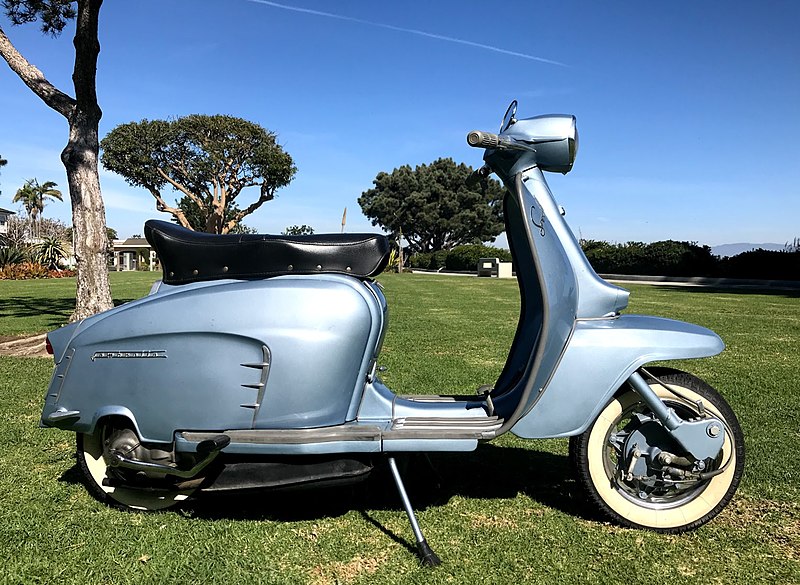
Atmnirbharata According to economist Swaminathan Aiyar, can be translated as both self-reliance and self-sufficiency.
In 2020, Prime Minister Modi publicly said; "the state of the world today teaches us that (Atma Nirbhar Bharat) 'Self-reliant India' is the only path. It is said in our scriptures—Eshah Panthah. That is—self-sufficient India”.
For many it might be something amazing and for some ; Nothing new, as these voices one has been hearing for half a century.
But, now we have two terms ; Self Reliance and Self-sufficient.
In economics, self-sufficiency means an economy that requires little to no trade with the outside world whereas, Self-reliance means an economy that is strong and can export, and is not dependent on other economies.
Can the two together possible?
Slogans have also been regularly initiated under Atmanirbhar Bharat ; "vocal for local", '"local for global", "make for world" , "brain drain to brain gain" Make in India and so on,
During the 2020 Independence speech, Mr Modi clarified that "make for world" should go together with 'make in India' and that the slogan "make for world" should be a key slogan like 'make in India' is.
Prime Minister Modi also emphasised that ; "The mindset of free India should be 'vocal for local'. We should appreciate our local products, if we don't do this then our products will not get the opportunity to do better and will not get encouraged."
Now with so many slogans ; Vocal for local, make for world, make in india, local for global , brain drain to brain gain etc etc, Obviously some ardent lover of Mr Modi was needed to do the explanation, otherwise all this is not only confusing but contradictory also.
So, Amul managing director RS Sodhi said the phrase “vocal for local "meant that products be made competitive vis-a-vis global brands" and that "it didn't mean that one must only buy products that have a logo 'made in India' on it".
Another explained the meaning of 'local for global', ; locally made Indian products should have global appeal and reach. The slogan has been extended to sectors such as the toy manufacturing; "time to be vocal for local toys".
Proponents of Atmanirbhar Bharat, his cabinet ministers, have said this self-reliance policy does not aim to be protectionist, exclusionist or isolationist. For India, self-reliance means being a larger and more important part of the world economy.
A country unable to design engines for its Tejas and MBT Arjun, which is a four-decade old project, All this sounds contradictory.
Although numerous steps have been taken and Chest thumping being done to substantiate that we are on road towards SELF RELIANCE and SEL SUFFICIENCY but despite all the slogans the GDP share of manufacturing has fallen from 16.7% in 2013-2014 to 15.9% in 2023-2024 and the trade deficit with China has NOT shown any reduction.
TRADE DEFICIT WITH CHINA YEAR WISE.
- 2020: $45.91 billion
- 2021: $69.56 billion
- 2022: $101.28 billion
- 2023: $83.36 billion
- 2023-24: Over $85 billion
Therefore, its worth enquiring what are we doing and what are these Slogans achieving?
The concept of self-reliance has been used by India since before independence, and is not a new concept. Features of the Atmnirbhar Bharat Abhiyan are similar to the Swadeshi movement of 1905 and Khadi movement of Gandhiji, boycotting British schools and British goods.
Domestic investments in strategic technologies having impact on India’s national security, economic prosperity, and global competitiveness has always been the corner stone of India’s think tank right from our Independence.
And as a result the then Govt took great efforts despite the shortage of resources towards achieving self reliance that resulted in the establishment of BHEL(Bharat Heavy Electricals), Steel Authority of India Plants, Indian Telephone Industries, Hindustan Aeronautics Ltd, Bharat Electronics Ltd, The Cochin Shipyard, ISRO, BARC, Hindustan Machine and Tools factory, Scooters India ltd, Technology institutes etc .
They had the same purpose ; Making India ATMNIRBHAR or SELF RELIANT .
As a result, we made considerable progress in strategic technologies including atomic energy, space, and electronics ; in the development of rockets for the space program as well as missiles.
So, if the current concept of ATMNIRBHARATA is not new but is an ongoing process, why is it being touted as something unique and novel idea.
In the answer lies the problem.
Despite significant efforts toward self-reliance since independence, and some notable successes, India has struggled to fully develop an ecosystem that effectively integrates education, training, research and development, technology scaling, and advanced manufacturing. This challenge arises because when self-reliance, or Atmanirbharta, becomes a political compulsion, it is often overemphasized to the point of losing substance—much like the Khadi movement of the pre-independence era. While that movement mobilized the masses for freedom and impacted the British economy, it eventually became a symbolic facade for political leaders to mask their own prosperity. The ATMNIRBHARTA also subsequently became a compelling Political issue.
As a result, we became protective, isolationist, which did not allow us to compete globally, we continued with Ambassador cars, Lambretta scooters and bulky telephones and watches for years in the guise of achieving ATMNIRBHARATA. Our Institutions of higher education and Research lost their global competitiveness even as they continued to produce large numbers of trained engineers and Science Graduates (770,000 Indian students studied abroad in 2022, with particularly high outward migration by leading engineering students, Tech Mahindra CEO Mr. CP Gurnani says that nearly 94% Engineering Graduates in India are Unemployable).
As a result, we could not become a robust high-technology manufacturing base and we are today importing engines for much hyped MBT Arjun, and the Tejas.
Hope this new Avtar of ATMNIRBHARATA also does not lead us to this façade.

India must avoid a similar fate with this modern Atmnirbharta.
India now finds itself competing for investment with mid-sized emerging markets, such as Vietnam, Malaysia, Thailand, Indonesia, the Philippines, Mexico, and Morocco. India’s R&D ecosystem, infrastructure, ease of doing business, subsidies, workforce, and market access will now be evaluated not in comparison to India's past, but against today's global competitors.
. But ironically we have companies manufacturing AGARBATTIS AND DHOOP BATIS displaying the logo of Make in India.

